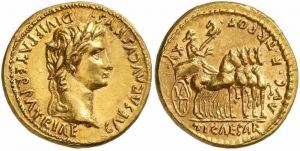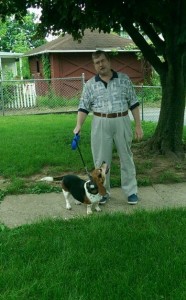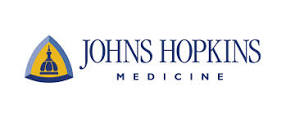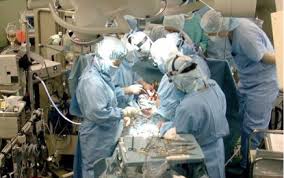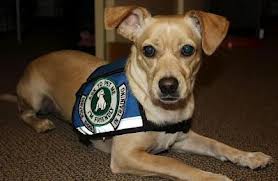Today in worship my pastor preached on the instance where the Pharisees asked Jesus if it was allowed in the law to pay taxes to Caesar. Jesus asked them to produce a coin to pay the taxes and asked what image was on the coin. The answer of course is: Caesar! The picture above is the front and back side of the type of coin Jesus was referencing. The moral of the story is that the Pharisees were asking the question in hopes of giving them grounds to ridicule or arrest Jesus. They really did not want an answer about proper tax payments.
As I reflected on how this applies to my ministry as a chaplain I started to remember questions I have heard people ask in that setting. Many times the questions really don’t have an answer. That is okay if there is not an answer. In those cases the person asking the question is processing their emotions and just asking the question, without receiving an answer is helpful to them.
I realize the previous paragraph may seem confusing so I want to use an example to illustrate my point. In this example the spouse has just learned the patient died. The spouse had wanted to be there for the moment of death and only missed being there by less than 5 minutes. The question the spouse asked was, “Why couldn’t _________ (fill in the name) have waited until I arrived?” We don’t know for certain why the death was not delayed for 5 more minutes. Some theorize the person wanted to die alone and waited for a moment when no one else was in the room. Others theorize that it was kinder on the spouse for them not to have watch and listen to the “last breath” being taken. I am sure there are other answers people propose for this question.
When I am with a family and listen to their questions, I listen for the emotions that are contained within the questions. In the example I have used many times the spouse states they did not want their mate to die wondering how much she/he was loved by the survivor. The surviving spouse suddenly feels a reason to feel guilty because they were not there at the last moment of life. There is always something I know about how the spouse attended to patient prior to the moment of death and I try to use what I know to remind the survivor that they were attentive to the patient. One example is this, “I know you wanted to be here at the moment of death, but last night when the patient had a fever and you put cold compresses on the forehead to bring comfort, you were there in a way that I am sure the patient knew and valued even though the patient was too weak to speak”. The survivor usually smiles and says something to the effect, “Yes I was there for that and you know I was needed then”!
I encourage you next time you hear a question think for a moment and decide is the person asking the question as a method of gaining information? Or is the person asking the question as a method of sorting out what has happened to them? Many times affirmation of what we know is a lot more comforting than speculating on a reply that can’t be proven!

